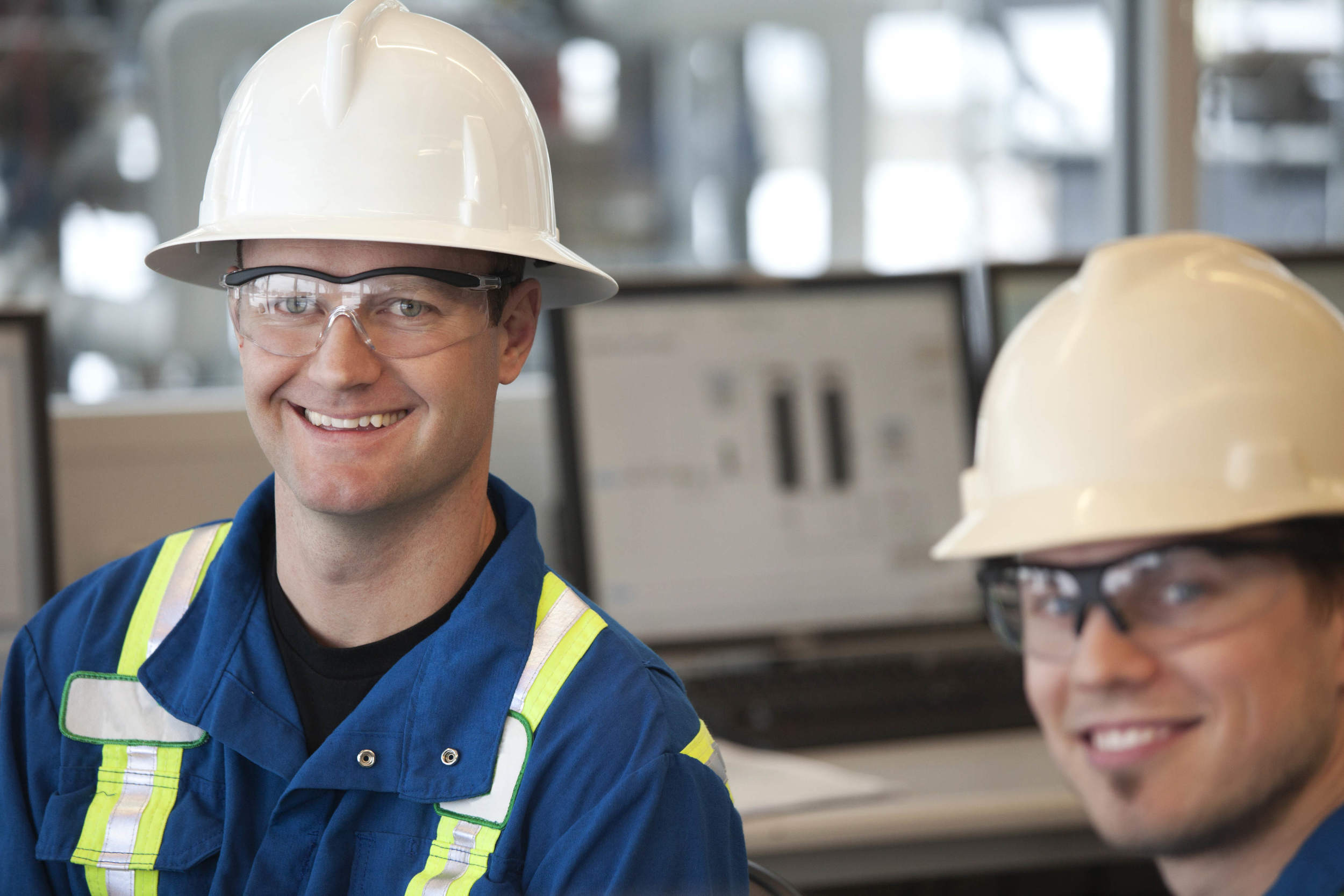There are a lot of organizations working hard to create an organizational culture including a safety culture that will help ensure a productive and safe workplace. The quest to build from scratch or transform your organizational culture will prove costly if the process stops at quantifying, qualifying and communicating desired results. The essential next step is to ensure alignment of all the elements of the organization that will produce the desired results. What is “Alignment”? Alignment is simply ensuring that every aspect of the organization (people, teams, surroundings, and systems) works together to create desired results. We have previously introduced the concept of “local rationality”; i.e., people make decisions to perform in various ways as a result of the local context in which they find themselves. This context includes factors such as Self (motivation, ability, knowledge, habits, attention, emotion), Others (help, pressure, modeling), Surroundings (equipment, climate, layout) and Systems (rules, rewards/punishments, procedures). The person’s view of that context will impact how they act, which will impact the results that they get. Effective organizational leaders understand this and work to create a context (or “culture”) that increases the chances that their employees will decide to perform in ways that lead to accomplishment of the organizational mission. For example, when changing organizational policy on some issue like “incentive pay” (System), effective leaders will attempt to evaluate the impact of the policy on decision making at all organizational levels. If the policy provides incentive to produce at a higher rate, then it could lead to shortcuts in approved procedures and perhaps even create an incentive to cheat or perform in a less than safe manner. While increasing production, the policy would be “mis-aligned” with other desired results and thus become counter to overall organizational effectiveness.
Culture Alignment We have had the opportunity to help leaders evaluate this type of alignment on several occasions. We call our process “Culture Assessment & Diagnostics” and it involves three primary phases (Diagnosis, Design and Intervention).
Diagnosis If not already done, we have senior management articulate their desired “formal” organizational culture by defining the values and behaviors that they feel will support accomplishment of their mission. We then review Systems (policies and procedures) and Surroundings in light of their alignment with the desired culture. This is followed by interviewing a cross-section of employees at all organizational levels and segments to determine the real “informal” culture that exist. This information allows us to determine if “alignment” currently exists between people, systems and processes. We then deliver a report to senior management with our findings and recommendations.
Design The results of the Diagnostic Phase will provide the information needed to guide the design of any necessary change. Few organizations have perfect alignment and therefore most require some changes to achieve alignment. Management determines what changes are needed and then they design a plan to make those changes.
Intervention Every organization is different and thus needs different “interventions” to bring about the desired culture. Some organizations need training programs to impact employee knowledge and ability. Some need accountability systems to ensure consistent adherence to the desired cultural values and behaviors. Some need to change reporting structure. Once the plan has been determined, it is implemented and the appropriate changes will hopefully lead to greater alignment and thus greater effectiveness.
What’s the point? Whether you use a process like the one just described or not, continuous evaluation of alignment between formal and informal cultures is needed to remain or become an effective and safe organization. This is especially true if your organization is not currently getting the results that are expected.




